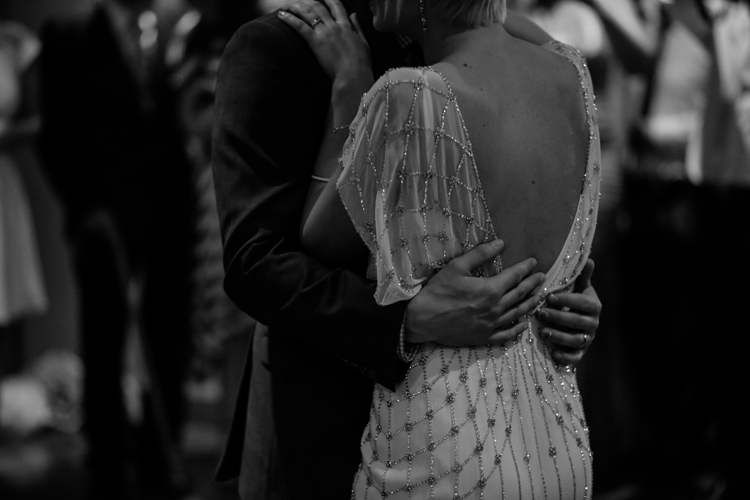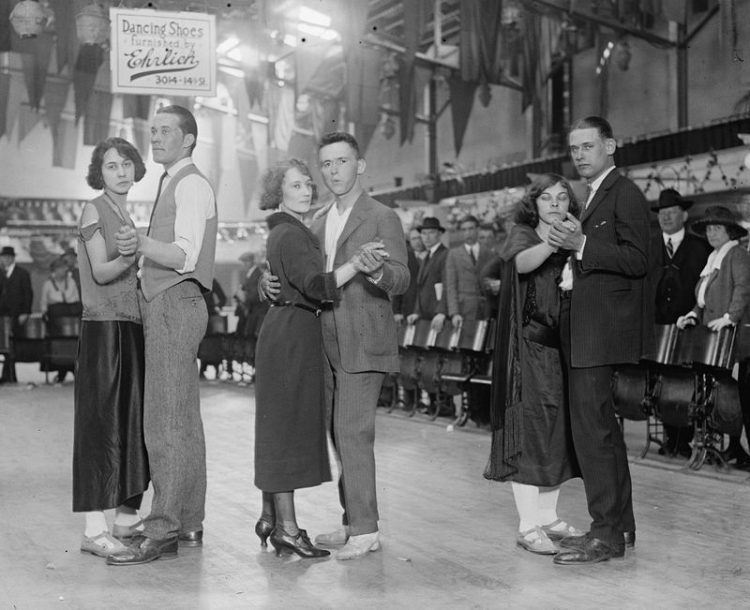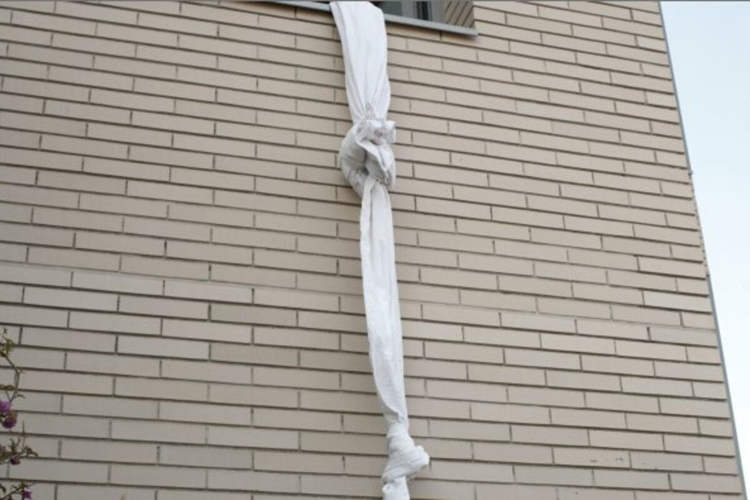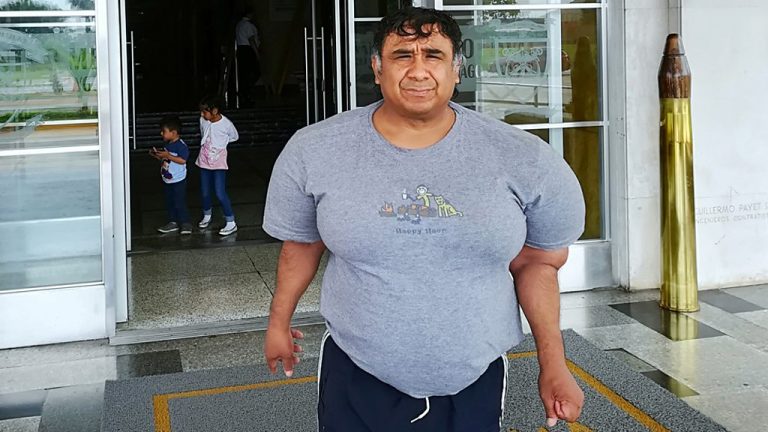One of the most controversial forms of entertainment in US history, dance marathons saw participants dancing continuously for days, weeks, and sometimes months for a chance to win food and money.
Too much of a good thing can be bad for you, and apparently, that also includes a seemingly benign activity like dancing. During the 1920s, the revival of the Olympic Games sparked a massive interest in impressive feats of strength and endurance, which led to the rise in popularity of dance contests that lasted for extended periods of time. In 1923 the dance marathon craze saw world records for dancing without stopping being broken virtually on a daily basis, but things really got out of hand when the prosperous 1920s faded into the Great Depression of the 1930s. The harmless dance contest transformed into twisted spectacles where people literally died of exhaustion on the dancefloor for the chance to win much-needed cash prizes.

Photo: Thomas AE/Unsplash
In February of 1923, dance instructor Alma Cummings set a world record for the longest time dancing continuously, 27 hours. But by 1930s dance marathon standards, her performance was a joke, as contestants danced days, sometimes weeks on end for the chance to win the cash equivalent of a yearly salary at a time when most people were struggling to put food on the table. People were desperate, and dance marathon organizers took advantage to put on grueling spectacles for the masses willing to pay for them.
The rules of Great Depression-era dance marathons were very strict. Contestants had to remain in motion to be counted as dancers and were given 15 minutes of rest per hour. Nurses would then massage their feet and they could use the restroom if they needed to. Food and water were usually consumed while dancing, as were tasks like bathing, shaving, or reading the paper. Competitions were closely monitored, with contestants being accompanied by promoter staff on walks or trips to the bathroom.
One of the most important rules of a dance marathon was that a competitor’s knees could not touch the ground, as that resulted in disqualification. This is why many photos taking during such competitions show dancers holding their partners up while they doze off, keeping their knees from touching the floor. Partners took turns sleeping for a few minutes, and it was even allowed to change partners if the original one could not continue.
It wasn’t uncommon for dancers to move continuously on the dancefloor for hundreds, even thousands of hours, so exhaustion was one of the main attractions. Smelling salts and hard slaps were used to wake up tired participants, but ice baths were also used in extreme cases. Unfortunately, these methods did nothing to prevent the dangerous side effects of exhaustion and sleep deprivation.
Psychosis sometimes set in after tens or hundreds of hours of continuous dancing, and in one documented case a woman’s husband punched her in the jaw during a psychosis episode. The lady attempted to take her own life after dancing for 19 straight days, taking a punch from her husband and only placing fifth in the marathon. Another time, a 21-year-old man collapsed and started vomiting blood after days on the dancefloor.
As more people discovered the tragic side of dance marathons, cities around the United States began banning them. They had risen to prominence at a time when people found comfort in simply watching others struggle even harder than they were, but the competitions had grown so extreme that people began seeing them for the gruesome spectacles they had become.

Photo: Library of Congress/Wikimedia Commons
By the time the dance marathon began to die out in the late 1930s, it had already registered some of the most shocking records in history. Callum DeVillier and Vonny Kuchinski of Minneapolis took first prize in a marathon at Somerville, Massachusetts after dancing for 3,780 hours over a period of five months. Vaudeville star June Havoc once danced continuously for 3,000 hours, or more than four months, while sleeping only in 15-minute intervals.
Dance marathons had faded into obscurity by the 1940s, as people’s attention shifted to World War 2. People were returning to work and didn’t have the time to watch others endlessly move on the dancefloor until they collapsed from exhaustion. Plus, such spectacles had already been banned in most major cities.
Today, dance marathons have all but been forgotten, and the only proof of their existence is a collection of bizarre photos showing people holding their sleeping partners’ knees from touching the floor.












